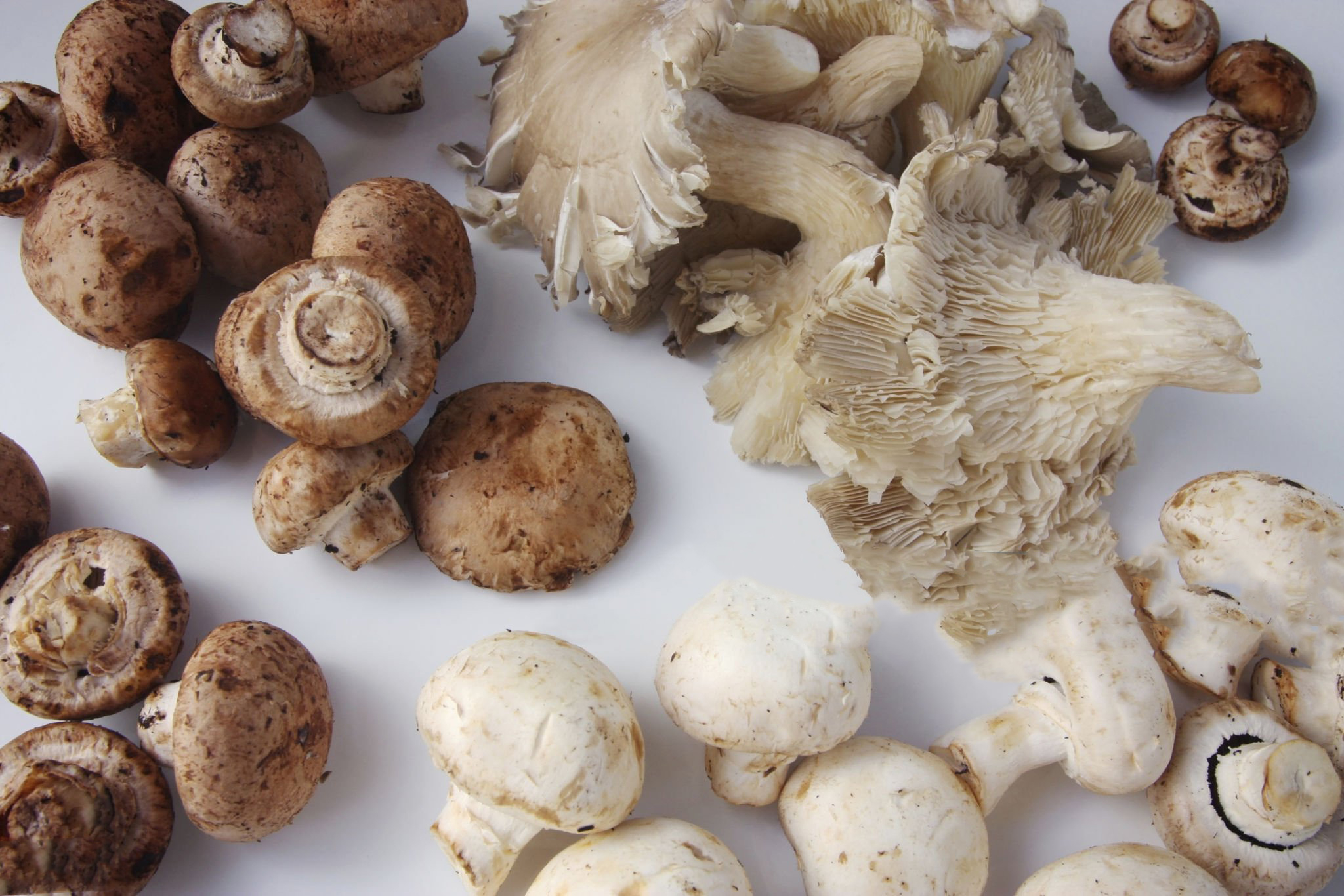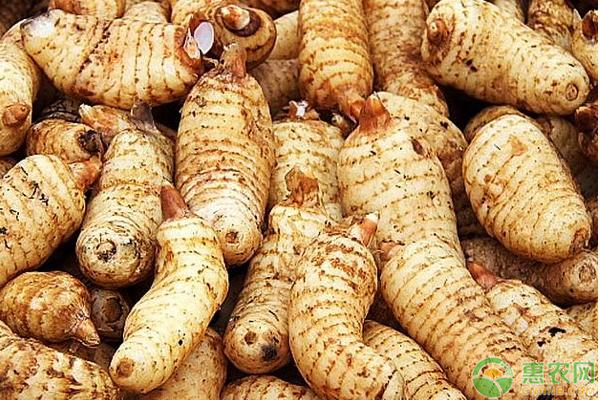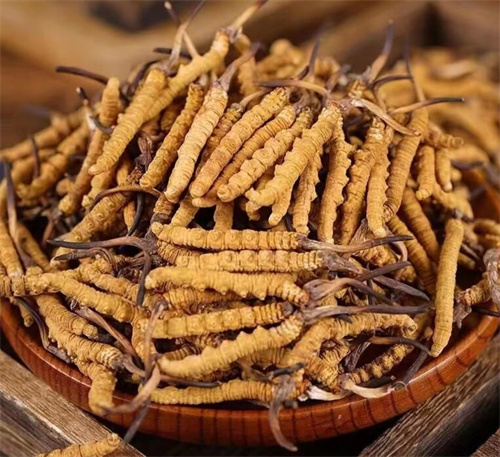News
Nutritional types of edible and medicinal mushrooms
Nutritional types of edible and medicinal mushrooms

Fungi are widespread in the natural environment, with a particularly large number of macrofungi that
primarily decompose dead plant material. This vital role has earned them the title of “nature’s recyclers.”
Although tens of thousands of edible and medicinal fungi exist in nature, only about 38 species
are currently cultivated on a commercial scale. These fungi obtain nutrients through different
mechanisms, allowing their cultivation to be broadly classified into saprophytic (including
wood-decaying and straw-decaying fungi), symbiotic, and parasitic types. Understanding these
four nutritional types is crucial for the domestication and management of edible and medicinal fungi.
Fungal nutrition can be categorized into four main types: wood-decaying, straw-decaying, symbiotic,
and parasitic. Since fungal mycelium lacks chlorophyll or other photosynthetic pigments,
it cannot produce its own food through photosynthesis. Instead, fungi rely on direct contact between mycelium
and their growth substrate. The mycelial tips secrete extracellular hydrolytic enzymes, which break down
complex carbon, nitrogen, and mineral compounds into soluble small molecules that can be absorbed through
the cell membrane for fungal growth. Most nutritional mycelia share a similar structure.
Wood-decaying fungi are further divided into white-rot and brown-rot fungi based on their decomposition
process. Straw-decaying fungi primarily break down dead plant material such as crop residues and annual grasses.

Symbiotic fungi form mutualistic relationships with specific plants. For example, the Russula species (red mushroom)
establishes ectomycorrhizal associations with plant roots, receiving carbohydrates from the plant while
supplying minerals in return. Another example is Gastrodia elata (Tianma), which relies on Armillaria mycelial
networks that penetrate its tubes,forming an endomycorrhizal relationship to provide essential nutrients.

Parasitic fungi, on the other hand, extract nutrients from a living host. A well-known example is
Cordyceps sinensis (Caterpillar fungus), which parasitizes insect larvae to complete its life cycle.

Categories
Contact Us
- +86 15093267083
- +86 15093267083
- amy@zzbelead.com
- +8615093267083




